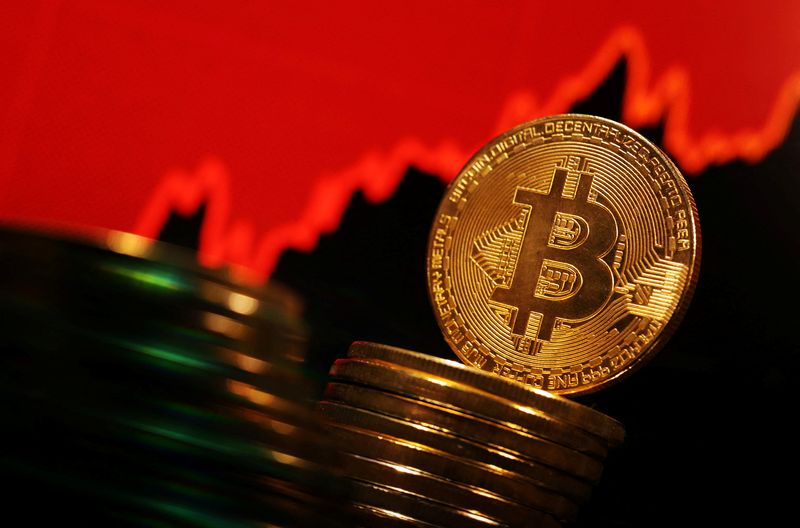Bitcoin Dips to $93,000 Amid Profit-Taking: What's Happening in the Rest of the Crypto Market?
Bitcoin price has seen a sharp decline to the $93,000 range in the last 24 hours. This pullback is attributed to profit-taking by investors. Bitcoin, which lost momentum during the Trump rally, failed to surpass the psychological barrier of $100,000 due to the absence of a new catalyst.
Last Friday, Bitcoin reached a new peak, stepping into the $99,000 range. This surge was sparked by Trump's victory in the U.S. elections and led to a significant 46% rise in the cryptocurrency's value since November 5. The expectation of the Trump administration adopting favorable policies for cryptocurrencies contributed to the increase in Bitcoin's value both before and after the elections. Trump promised during his campaign to make the U.S. a "crypto hub," triggering bullish sentiment in the markets.
Bitcoin continues to be a profitable investment, having gained 122% in value since the beginning of the year. This increase has been significantly bolstered by the approval of spot Bitcoin ETFs by the U.S. Securities and Exchange Commission (SEC) in February, along with the Bitcoin reward halving that occurred in April.
Central banks' interest rate cuts and liquidity easing have also played a crucial role in creating a positive macro environment for cryptocurrencies this year. When combined with the increasing institutional adoption of Bitcoin assets, these favorable influences have accelerated upward momentum in the crypto market.
As Bitcoin approached its peak, profit-taking intensified. U.S.-based spot Bitcoin exchange-traded funds (ETFs) recorded a record weekly inflow of $3.38 billion from November 18-22. On Friday, Bitcoin reached a new record at $99,500, but as it neared the $100,000 threshold, selling pressure began to increase.
According to Coinglass data, after the correction in Bitcoin's price on Sunday, over $500 million in liquidations were recorded in crypto futures. Today, during the Asian session, Bitcoin experienced an additional $144 million in liquidations, contributing to increased volatility.
Notably, the acceleration of spot Bitcoin ETF outflows at the beginning of the week became the main factor pulling prices lower. These sales, which pushed Bitcoin down to $93,000, recorded an outflow of $435 million yesterday. In the U.S. spot Bitcoin ETF market, only BlackRock's iShares Bitcoin Trust (IBIT) and Grayscale's Bitcoin Mini Trust (BTC) have recorded inflows.
Market commentators have mixed opinions. The technical outlook for Bitcoin indicates that the crypto asset is showing overbought signals, which is expected to lead to further corrections. Some analysts forecast that the pullback may extend to the $80,000 level, followed by a consolidation phase for a potential new upward trend. On the other hand, it is noted that the market needs a new catalyst to surpass the $100,000 threshold.
After experiencing a decline of up to 5% yesterday, Bitcoin showed attempts to climb back toward the $94,000 range in today's trades, but buying interest remains weak. Meanwhile, BTC's market dominance has dropped from around 60% to 57% since last week's peak. This can be explained by Bitcoin's faster decline compared to the broader market, as a 2% retreat was observed in the total cryptocurrency market capitalization, excluding Bitcoin.
Looking at the overall market situation, Ethereum is trading at $3,340, down 4% in the last 24 hours. Besides FTM, no other cryptocurrencies in the top 100 are showing gains, while major altcoins DOGE, AVAX, and ADA are noted as the biggest losers. Additionally, XLM and SAND are among the altcoins that have seen the most significant corrections in the past seven days.
The total market capitalization has pulled back to $3.18 trillion, reflecting a nearly 6% decline, while the 24-hour trading volume remains high at around $240 billion. The cryptocurrency market's fear and risk appetite index has decreased from 92 to 82 over the past week, indicating that while conditions of extreme risk appetite are still present, they are easing.


